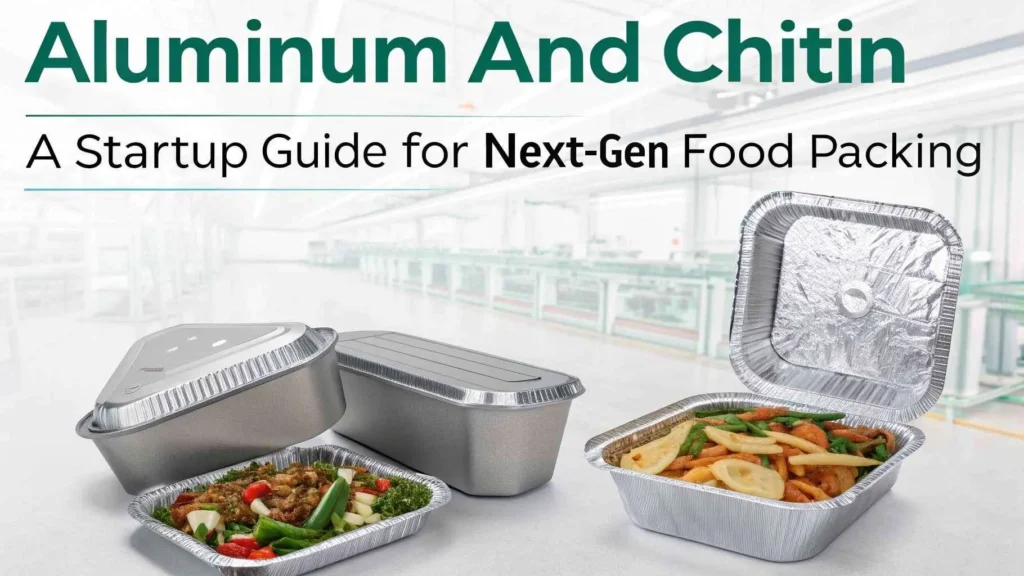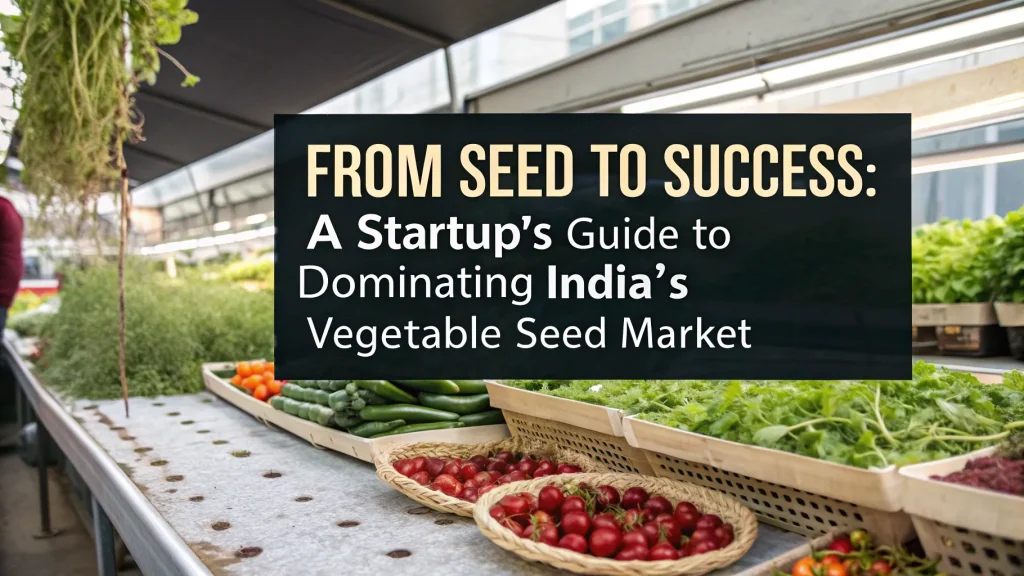In recent years, the global conversation around environmental sustainability has accelerated like never before. One major area of concern is the detrimental impact of plastic waste on ecosystems, wildlife, and human health. In this context, the emergence of biodegradable plastic as a viable alternative to conventional petroleum-based plastics has become a groundbreaking solution. If you’re considering entering a future-proof, high-demand sector with strong growth potential, starting a biodegradable plastic production business could be the perfect opportunity for you.
Why Biodegradable Plastic Production Is the Future of Sustainable Industry
Biodegradable plastic, as the name suggests, is capable of breaking down naturally through the action of microorganisms, heat, and moisture. Unlike traditional plastics that can take hundreds of years to decompose, biodegradable plastics degrade in a few months under the right conditions. This characteristic makes them ideal for applications in packaging, agriculture, medical devices, disposable tableware, and more.
According to recent industry research, the global market for biodegradable plastics is expected to surpass USD 20 billion by 2030, growing at a compound annual growth rate (CAGR) of more than 15%. With increasing government regulations banning single-use plastics and heightened consumer awareness about environmental impact, the demand for biodegradable plastic is projected to surge. Countries like India, which are taking firm steps toward environmental reform, offer massive potential for investment in this sector.
Understanding Biodegradable Plastic and Its Types
To enter this industry, it’s essential to understand the core materials and types of biodegradable plastic. Generally, these plastics are made from renewable raw materials like corn starch, potato starch, sugarcane, cassava, or even algae. The two main types of biodegradable plastics include:
- PLA (Polylactic Acid): Derived from fermented plant starch (usually corn), PLA is widely used in food packaging, disposable utensils, and medical implants.
- PHA (Polyhydroxyalkanoates): These are produced by microbial fermentation and are suitable for more industrial applications, such as agricultural films and medical products.
Other types include PBS (Polybutylene Succinate), starch blends, and cellulose-based plastics. Each type has unique properties, production methods, and applications.
Setting Up the Biodegradable Plastic Manufacturing Plant
Starting a biodegradable plastic production business requires careful planning, investment, and compliance with environmental regulations. Here is a step-by-step guide to help you get started:
1. Market Research and Business Planning
Begin with thorough market research. Identify your target market—food packaging companies, retail brands, agriculture sector, or medical institutions. Assess your competitors, understand product demand, and estimate your pricing strategy. Draft a detailed business plan covering your production capacity, cost structure, target customers, marketing approach, and projected ROI.
2. Legal Structure and Regulatory Approvals
Register your business entity as a Private Limited Company, LLP, or proprietorship. You will also need environmental clearance and manufacturing licenses. In India, for example, you must adhere to guidelines under the Plastic Waste Management Rules, 2016 (amended 2021), BIS certification, and get clearance from the State Pollution Control Board.
3. Land and Infrastructure
You’ll need around 5,000 to 15,000 square feet of industrial space depending on production scale. Ensure proper zoning, drainage, electricity, and water supply. The location should be close to raw material suppliers and transportation hubs.
4. Raw Materials and Supply Chain
Major raw materials include corn starch, sugarcane, cassava, polylactic acid resin, PHA, and biodegradable additives. Build reliable supply chains, preferably from local agro-industrial companies or import from international suppliers as per requirement.
5. Machinery and Equipment
Machinery depends on your product line, but a basic biodegradable plastic manufacturing setup includes:
- Biopolymer Extrusion Line
- Plastic Injection Molding Machine
- Blown Film Extrusion Machine
- Pelletizing Unit
- Dryers and Mixers
- Cutting and Sealing Machines
- Packaging Units
Modern setups also include automation, quality control labs, and composting units for R&D. A small to medium-scale plant may require an initial investment of ?2.5 to ?7 crore.
6. Skilled Workforce and Training
Hire professionals for machine operation, chemical processing, R&D, and quality control. Additionally, employ administrative and logistics staff. Regular training on sustainability practices, safety protocols, and quality standards is necessary.
7. Quality Assurance and Testing
Your biodegradable plastic products must meet ASTM D6400 or EN 13432 standards for compostability and biodegradability. Set up an in-house lab or collaborate with third-party testing labs to certify each batch before shipment.
Financial Projections and ROI
A medium-scale plant producing around 5,000 tonnes annually could generate ?15–20 crore in annual revenue with a profit margin of 20–30%, depending on your niche and product quality. ROI is generally expected within 3–5 years, considering increasing demand and expanding applications of biodegradable plastic across various sectors.
Governments and environmental agencies also offer financial incentives, subsidies, and tax benefits for green manufacturing units. Applying for grants or availing soft loans under MSME or green-tech schemes can ease the capital burden.
Marketing and Distribution Strategy
Promoting a biodegradable plastic brand is more than just emphasizing eco-friendliness. Modern consumers look for functionality, design, and reliability alongside sustainability. Here are key marketing tips:
- Brand Identity: Build a green and conscious brand image.
- Certifications: Display eco-labels, compostability certifications, and biodegradability marks.
- Partnerships: Collaborate with e-commerce giants, food chains, hospitals, and agro suppliers.
- Online Marketing: Invest in digital campaigns, SEO, influencer marketing, and sustainability-driven storytelling.
- Export Opportunities: Countries like the US, Germany, Canada, and Australia are actively importing biodegradable products.
Distribution can be handled via your own logistics team or through distributors and wholesalers. Direct B2B selling also ensures higher margins.
Challenges to Consider
While the biodegradable plastic business is rewarding, it’s not without challenges:
- High Initial Investment: Compared to conventional plastic, setup costs and raw material prices are higher.
- Short Shelf Life: Some biodegradable products degrade faster under humid conditions.
- Regulatory Hurdles: Constant updates in environmental and industry standards must be followed strictly.
- Awareness Gaps: Many end-users still prefer cheaper conventional plastic, making market education necessary.
Strategically managing these issues through innovation, efficient sourcing, and government collaboration can help overcome barriers.
The Future Outlook
With increasing climate change concerns, international plastic bans, and consumer pressure, biodegradable plastic will likely become the industry standard in the next decade. Businesses entering now stand to benefit from first-mover advantage, brand loyalty, and future scalability. Investing in R&D, upskilling, and technology adoption will be crucial for long-term success.
Conclusion
Starting a biodegradable plastic production business today is not just a profitable venture but also a socially responsible step towards protecting the planet. With growing demand, supportive government policies, and increasing awareness, the timing couldn’t be more perfect. By investing wisely, staying compliant, and focusing on innovation, entrepreneurs can shape a cleaner, greener tomorrow while enjoying sustainable business growth. If you’ve been looking for a future-ready industry to enter, now is the time to make the move into biodegradable plastic manufacturing.
Visit the page Select and Choose the Right Business Startup for You for sorting out the questions arising in your mind before starting any business and know which start-up you can plan. We, at NPCS, endeavor to make business selection a simple and convenient step for any entrepreneur/startup. Our expert team, by capitalizing on its dexterity and decade’s long experience in the field, has created a list of profitable ventures for entrepreneurs who wish to diversify or venture. The list so mentioned is updated regularly to give you a regular dose of new emerging opportunities.




